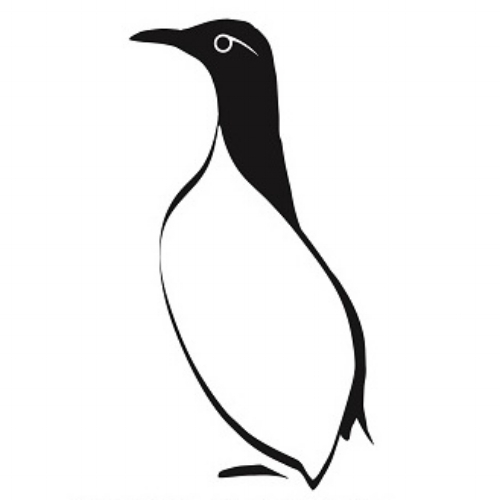Uneasy Offcuts by Sarah Cave
‘What’s in the box?’
‘The new book, but they’ve trimmed too much off the bottom.’
‘Can I have them?’
We don’t like to waste things at Guillemot but we’re also not going to send a book out into the world until it’s right. Mistakes are inevitable in the printing process now and then and the composition of this round of books was a few centimetres off the desired trim, a failure which allowed me space for a little experimentation.
Nancy Campbell’s Uneasy Pieces is a shimmery-shiny silvery-blue production made up of gorgeous prose poems highlighting an intimate relationship between poetry and composition. The upcycled cover would be perfect for some creative play.
It took me a weekend to learn how to make paper from online tutorials. I’ve watched very simple DIY videos and long soft-filter documentaries about people who use traditional skills, exposing me to a rich world of beautiful handcraft tools and completely impractical (at home) methods of producing bespoke papers. I only needed two things to start: a mould and deckle.
We started the Guillemot Offcuts series in 2021 for two reasons. The first was to find a way of keeping limited-edition pamphlets accessible, but without compromising the original designs. In 2021, we released text only versions of Jen Hadfield’s Trembling, Singing, Suzannah V. Evans’s Marine Objects/ Some Language and my own like fragile clay. Each new print of the books would be different, composed of the offcuts from the manifold printing processes at our printers in Lostwithiel. For years we’d been integrating these offcuts into our own work. After we printed Kate Walters Iona Notebooks, we had a stack of Fedrigoni papers leftover, which I used to create my Wi/tch/ Sis/ter art book. The Offcuts Series felt like a revelation. Not only was it a tidy way of incorporating potential waste back into the design process, but it also felt immediate and closely lived.
There are plenty of opportunities, like this one, for us to continue incorporating Guillemot experiment into our own and there’s also something integral to Guillemot that insists on a playful interchange. In my own creative practice, I’ve experimented with different elements of traditional book production – paper marbling, letter pressing and book binding – with the aim of finding sustainable and contemplative methods of creating books. The coming together of different fibres in the paper making process is a nice metaphor for poetry and the synthesis of language.
It's a strange feeling destroying a book and I struggle with it fighting against the feeling of sanctity and library hush, as I gently pull the pages from their spine. It’s even stranger pulling Guillemot books apart when they’re made with such care and concern.
I slowly start to get a rhythm for it and end up with a bucket full of blue and white strips. I’m careful to separate any bits that still have glue attached from the binding process, which although is plant-based will interfere with pulping process. On the garden bench, indulging in fantasies of alchemy, I mix the pulp into the bucket of water, occasionally removing errant pieces of glue. The results are lovely enough to exhibit and to feel encouraged enough to continue experimenting with the process.




